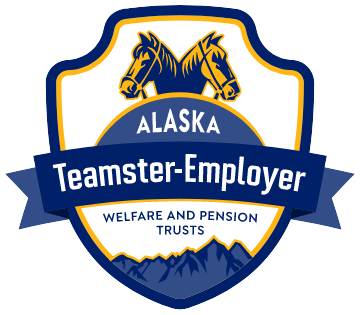
Retiree RulesCoverage when you need it most
In general, retiree health coverage is very similar to medical coverage for active participants. Here is an overview of the main differences in the areas of deductibles, out-of-pocket maximums, and Medicare rules. Please refer to the Retiree Health Plan section of the Summary Plan Description for complete details.
Eligibility
Once you use up your bank dollars and lose coverage as an “Eligible Employee” you have the opportunity to enroll in the retiree coverage offered by the Plan on a self-pay basis, provided you meet the retiree eligibility requirements of the Plan. Retirees must meet all of the following requirements:
be retired under the Pension Trust,
is entitled to Medicare; and
has been credited with at least 20,000 Covered Hours under the Welfare Trust since initial participation under the Plan; and
have Covered Hours under the Welfare Trust in at least 12 out of the last 48 months before retirement under the Pension Trust (or, if not covered by the Pension Trust, 12 months out of the last 48 before his or her retirement from his or her Contributing Employer or Employers) or at least 50,000 Covered Hours under the Welfare Trust since initial participation under the Plan,
make the required monthly self-payments; and
has submitted a completed Retired Participant Welfare Trust enrollment form by within 31 days after his or her retirement date under the Pension Trust, within 31 days after losing coverage under this Plan, or as approved in Section 2.3 of the Summary Plan Description.
Dependent Eligibility
Dependent spouses and children of retirees may also be covered under the Plan by making the required monthly self-payments.
In the event of the death of the retired participant, (or of a pre-retiree who met the rules for retiree coverage), the participant’s dependent spouse and children may continue to be covered by the Plan by making the appropriate election and monthly self-payments.
Working After Retirement
If you work after retirement at a job which provides health coverage or in any industry employing workers in the same trade or craft you worked in as an active participant, you and your dependents cannot be covered by this Plan. Once you are no longer working as described, you may resume coverage with this Plan as a retiree, provided that you do so immediately and that any work after retirement in your former trade or craft was done under a Teamster collective bargaining agreement.
Benefit Differences from Active Participants
Dental, Vision, Accidental Death & Dismemberment, Time Loss, and Vacation benefits are not offered.
Annual Deductible: Each Participant with Medicare – refer to the Retiree Health Plan
Annual Maximum: No dollar limit (visit or procedure limits may apply)
Annual Out-of-Pocket Maximum: Each Participant with Medicare – refer to the Retiree Health Plan
Life Insurance Benefit: $5,000
Medicare Rules
Medicare enrollment is required. You must enroll for Medicare parts A and B as soon as you are eligible to do so in order to get full benefits from this Plan.
Medicare is considered “Primary” for retirees and their families. This means that all medical bills are first submitted to Medicare for payment. Effective 1/1/2022, the Medicare retirees were transitioned over to a group Retiree Health Plan with United American as their Medicare supplemental plan.
Additional Resources
Individual Vision Plans
If you’re retiring or not eligible for vision benefits through work, we can help. Enroll directly in a VSP Individual Vision Plan for as low as $17 a month. Download the flyer.
